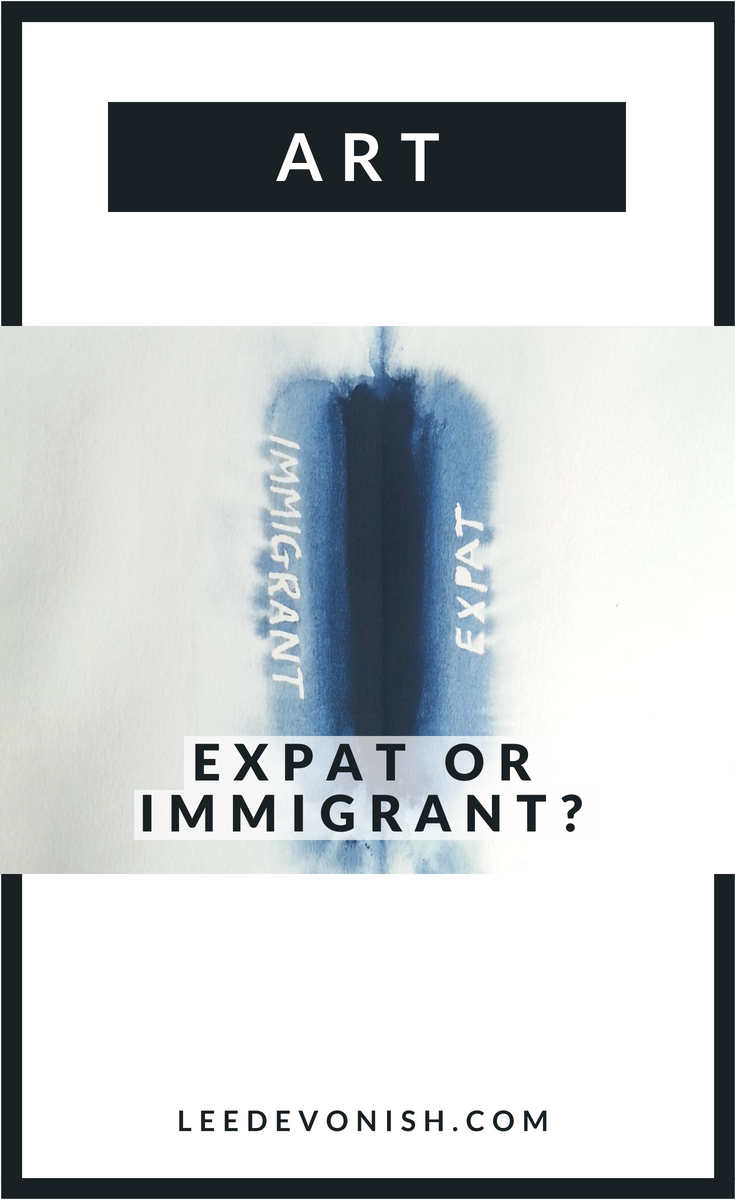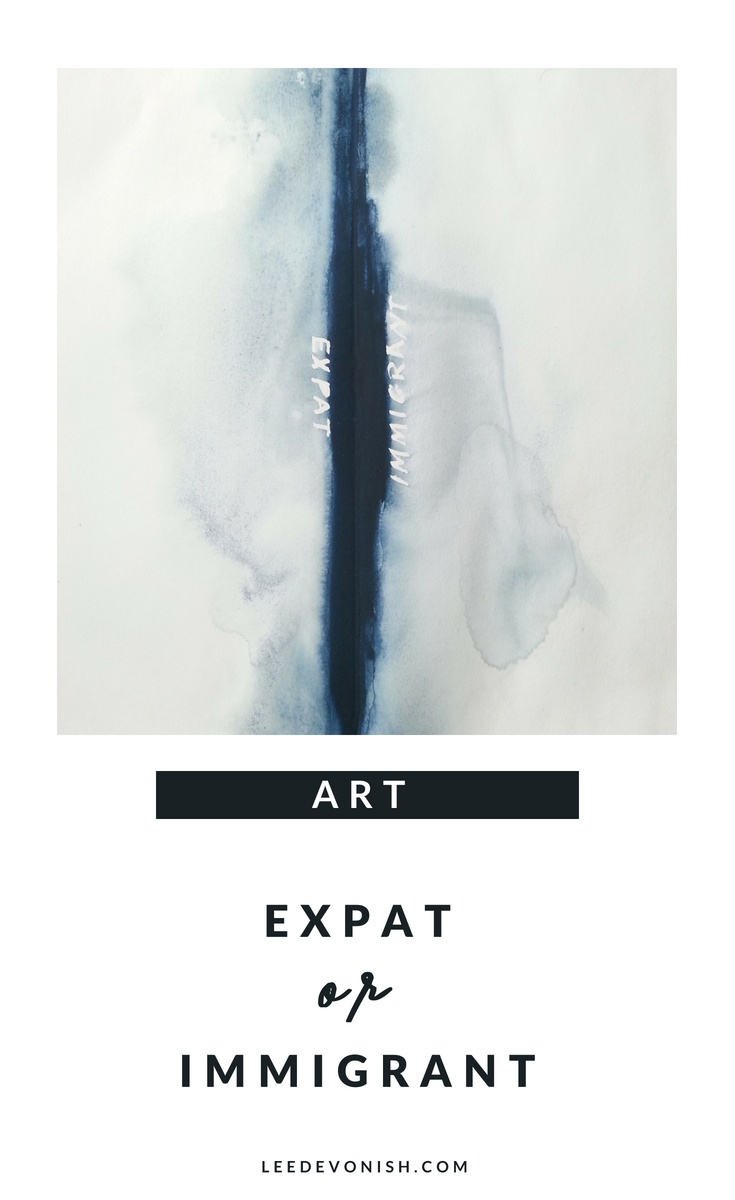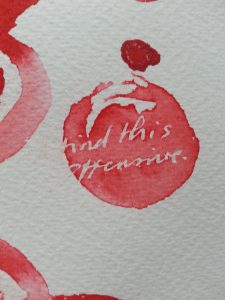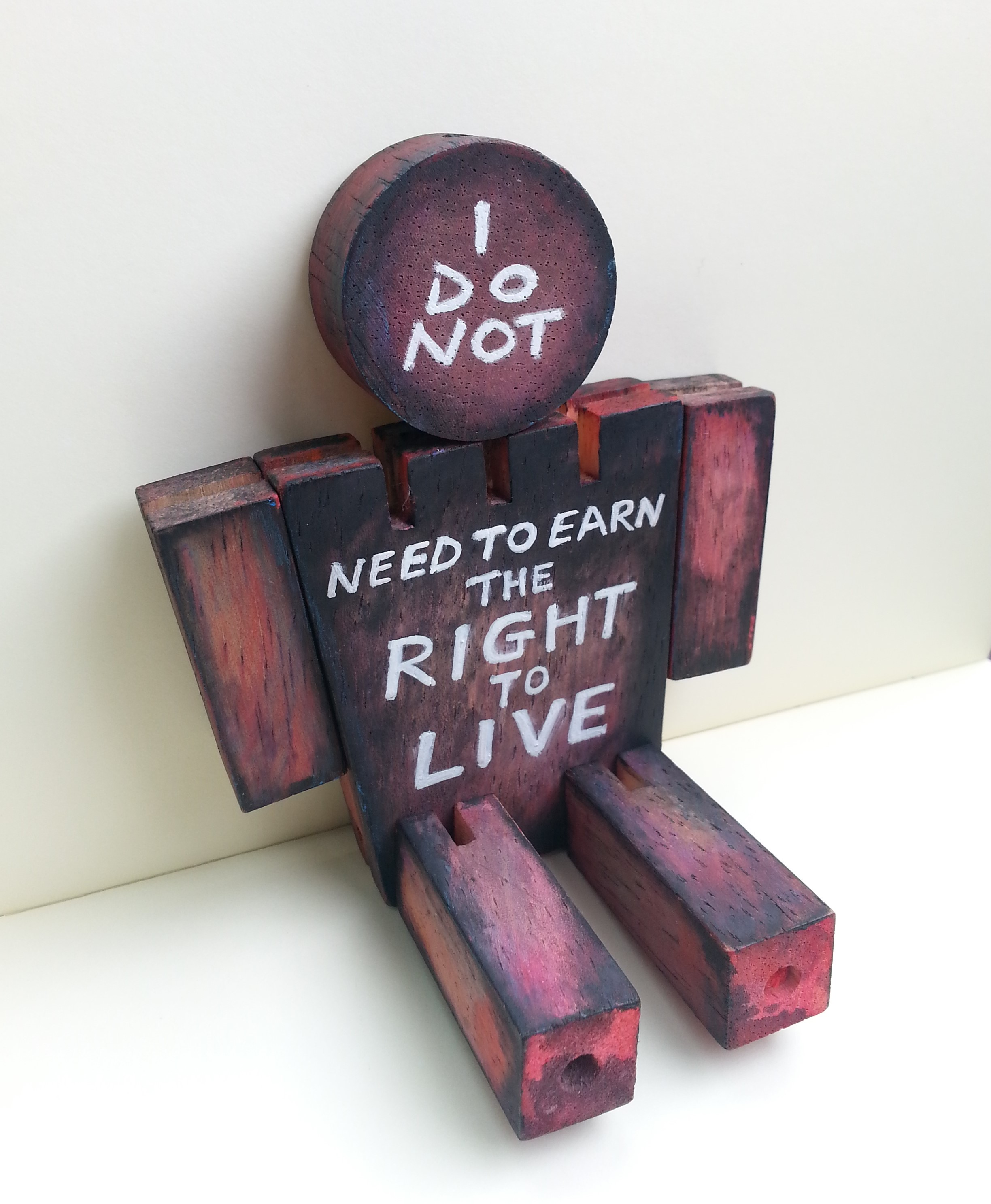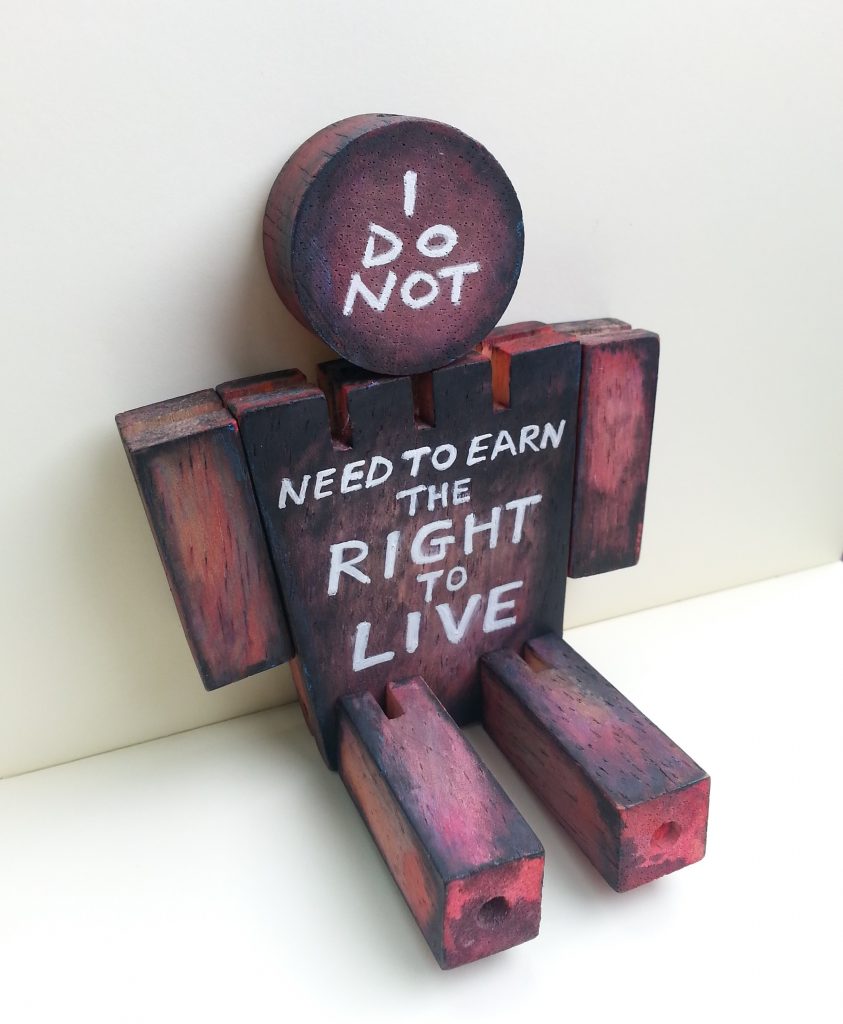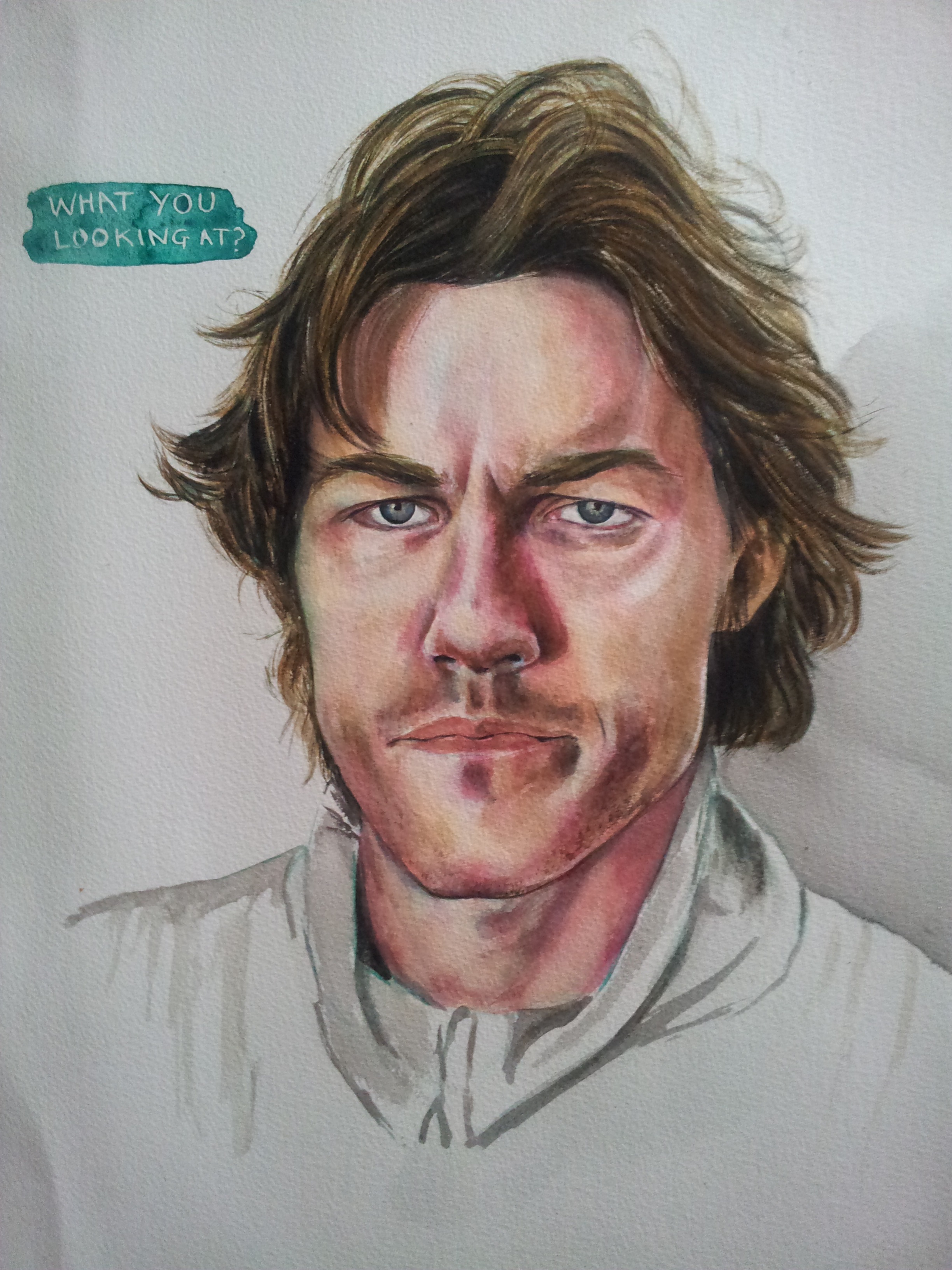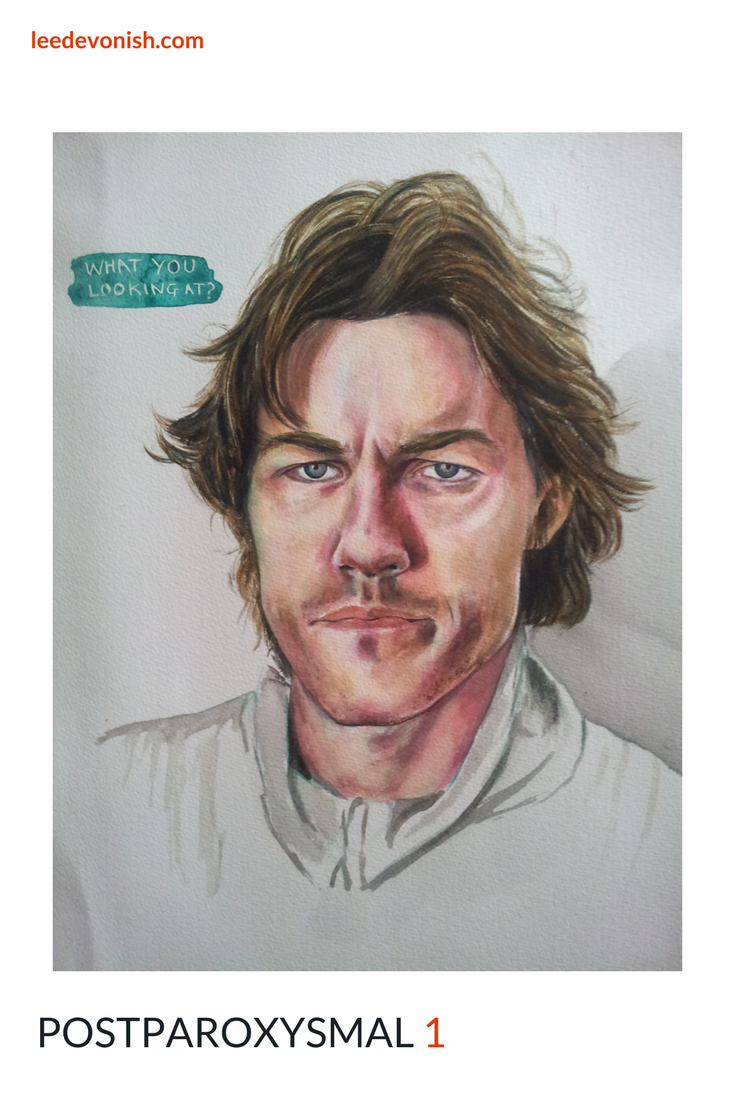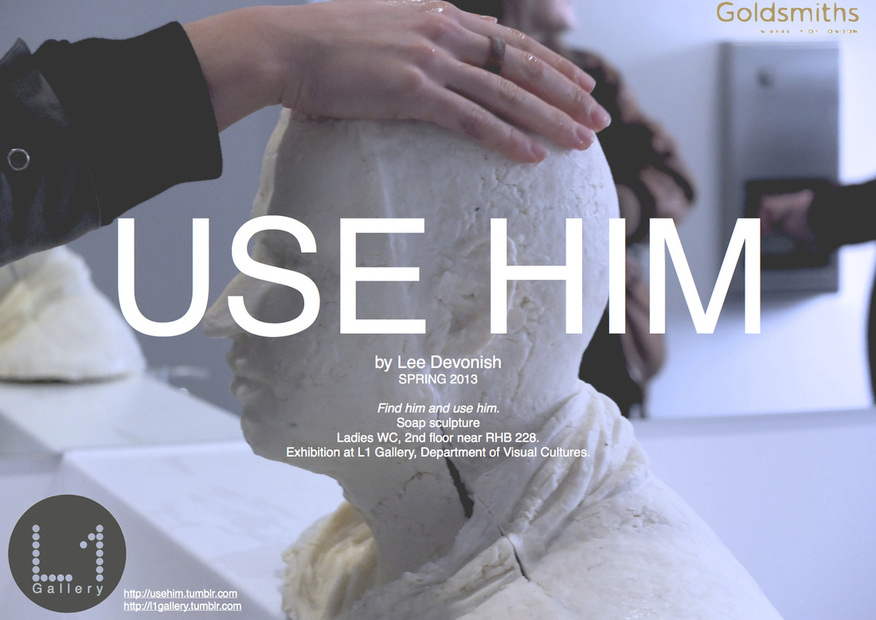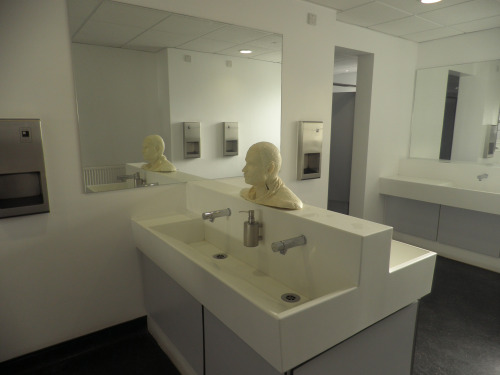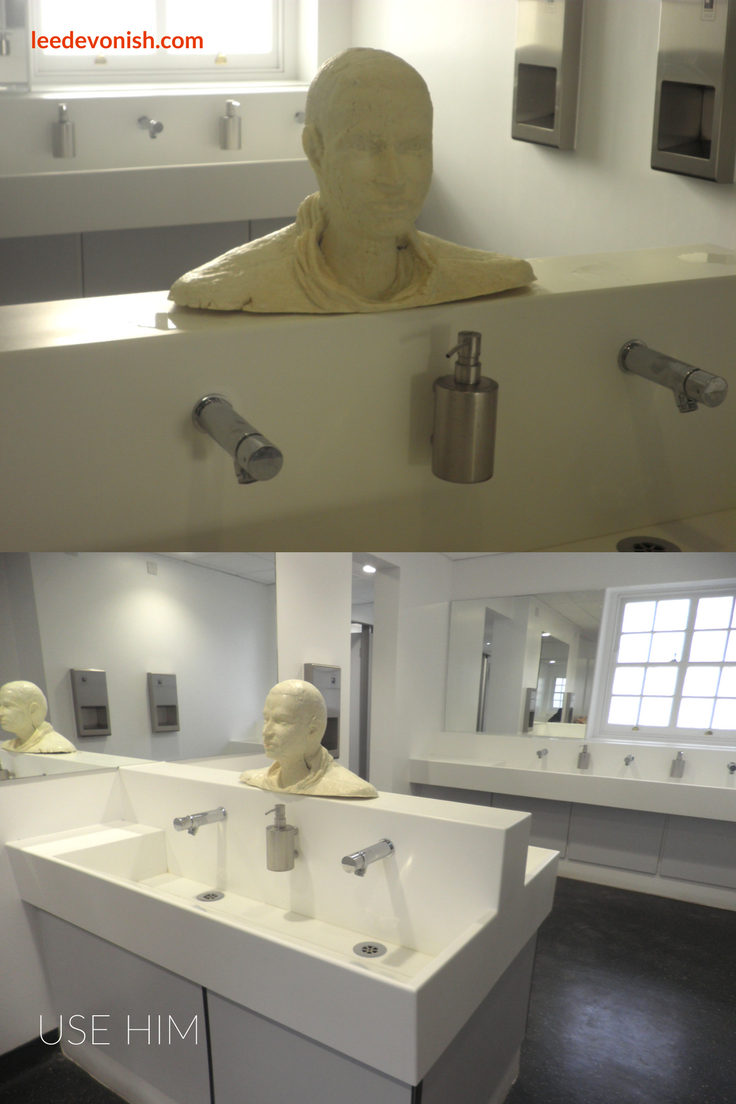Expat or immigrant?
Both are the same, of course, and I am both at once… but which word do you choose, and for whom? Your dominant affiliation will answer – how you see yourself and your authority in the world, and the authority of your country of origin vs the country you go to.
However, the history of the words and their applications carries much more than a personal choice.
Racism embedded in language
Many people think, with good reason, that the term “expat” has become synonymous with white migrant workers, whilst “immigrant” has been reserved for people of colour who go overseas to work. There’s more at work than just race. There’s nationalism and wealth to consider when we think of expat or immigrant.
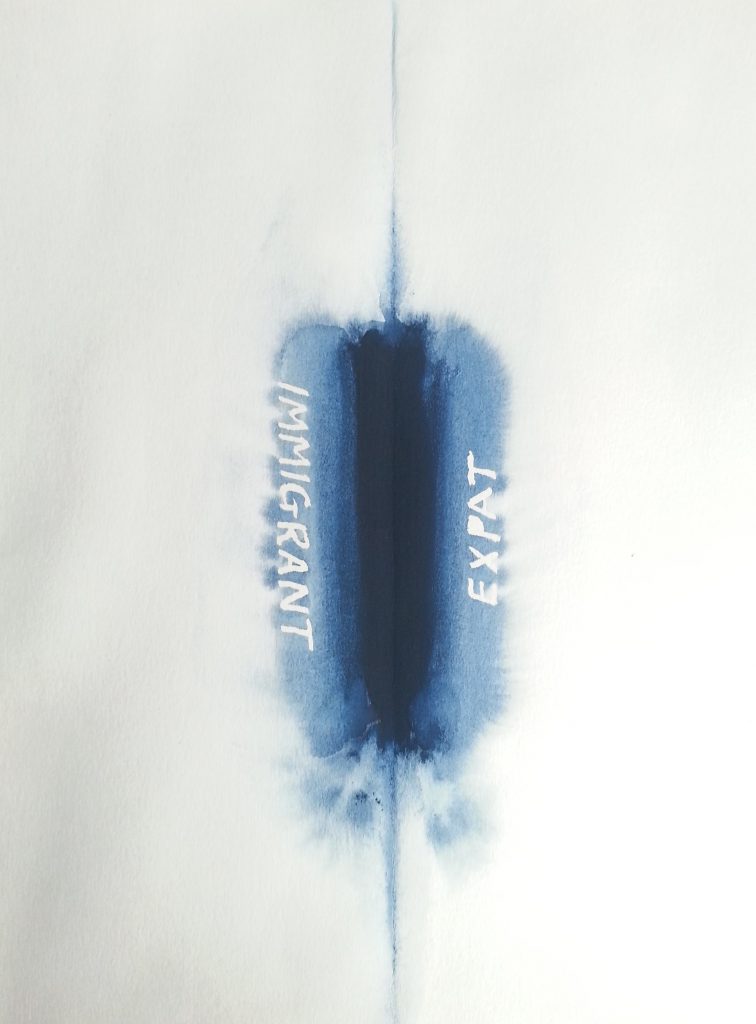
Hierarchies of words
The words don’t need to carry these meanings, but they’re reinforced by the way we repeatedly address the hierarchical relationships between rich and poor, coloniser and colonised, expat and immigrant.
What feels even more strange is the way that we migrants – immigrants or emigrants – refer to ourselves. As a Bajan abroad, I’ve always thought of myself as an immigrant. I learned to frame my self in relation to my new country, not my old one, even though I carried my old culture around with me and only ever saw my travels as a temporary measure at the start.
It’s the weight of culture that tells us that we are immigrants when we go to a bigger, richer country. Perhaps it’s time to start defining ourselves as emigrants or expats in our choice of language and letting that seep into our identities.
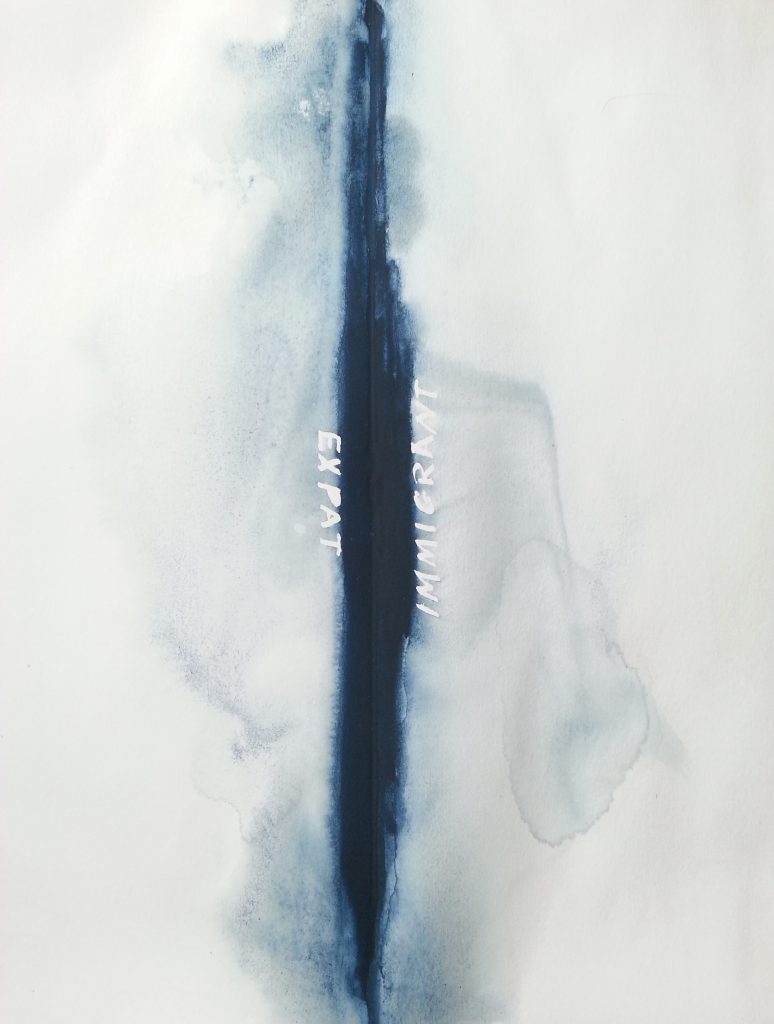
Using art to talk about the expat vs immigrant relationship
Instead of using words to fight words, I’ve used another language to discuss this hierarchical relationship.
Fitting the medium to the message of immigration
Instead of treating these paintings with reverence, I’ve purposed them to be disseminated widely. They will only be available through print-on-demand platforms, and their imagery will be placed on somewhat incongruous surfaces for mass consumption.
Visit my dissemination experiment here: Expat 1 / Expat 2

